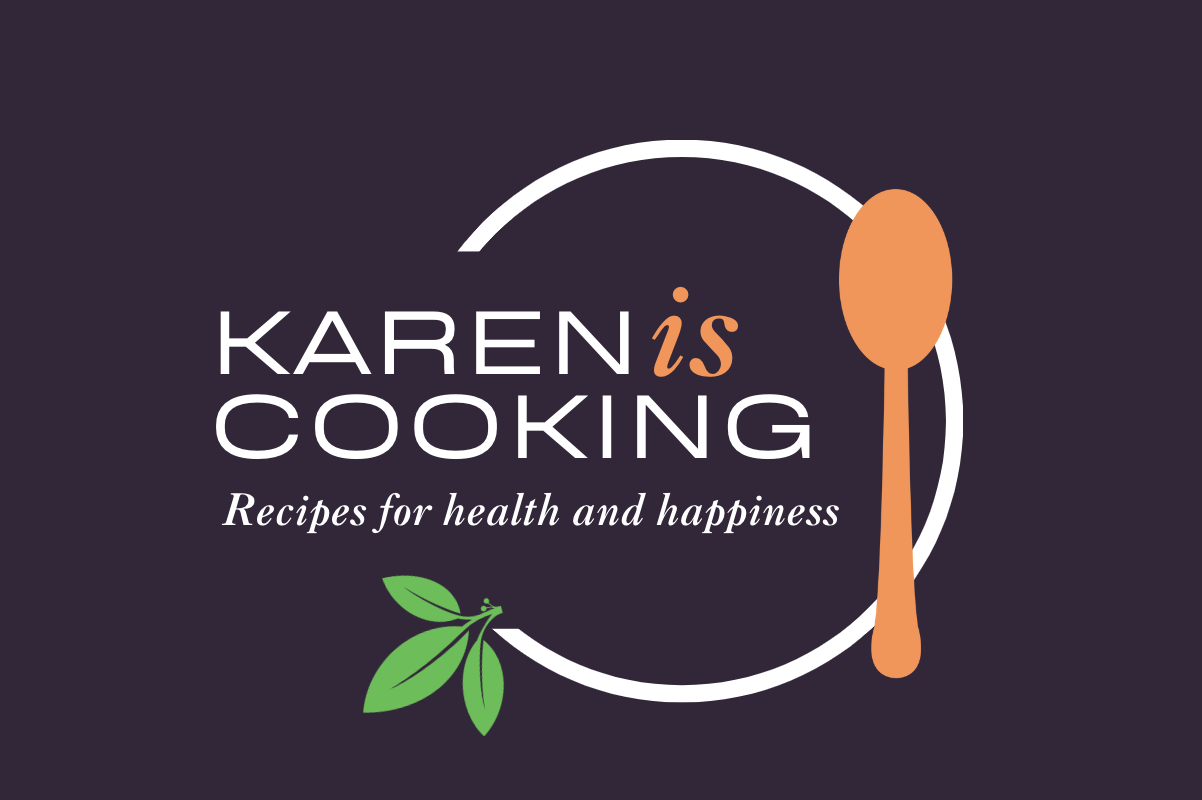Pink Oyster Mushrooms with Garlic
Edible mushrooms are Nature’s nutritious and mysterious gifts to us. One of my favorites is the oyster mushroom. There are, actually, many species from the pleurotus genus, with the most common being p. osreatus (oyster mushroom), p. columbinus (blue oyster mushroom,pictured above), or p. eryngii (king oyster mushroom).
Some are quite small, while others can get very big.
Regardless of the species, oyster mushrooms are thoroughly amazing.
First of all, they are extremely tasty and easy to cook. (My recipe at the end of this post is so simple that even if you can’t use a knife, you can make it!)
Oyster mushrooms exude a delicate, yet concentrated array of aromas that include anise and almonds. When they are added to soups or stews, the dish is imbued with a sweet, rich vibrant flavor and texture.
Beyond their culinary magic, they also confer many health benefits for humans, and the environment.
(If you just want to dive into the recipe and video, scroll down further…)
According to studies done by researchers, oyster mushrooms are able to reduce cancerous tumors, and strengthen the immune system. They have been studied for their cholesterol lowering benefits, and are high in B-vitamins, and protein.
They are also carnivorous. Don’t worry, they won’t eat your pet, but they will attack those pesky nematodes which are the bane of gardeners. In case you don’t know what nematodes are, they are microscopic “worms” that feed on living plant and fungal tissues.
Some nematodes like to feed on plants and some types of mushrooms by first destroying their outer structures, then burrowing into the tissues. Other nematodes like to live in soil, and can damage stems of foliage and flowers. So, the mighty oyster mushroom can send out toxins that take down the tiny predators, while leaving plants or fungi alive and well. In fact, there is research underway to develop a natural, non-toxic pesticide product from oyster mushrooms. Good news for gardeners and farmers, plus Mother Earth!
OK, before we move onto my amazingly easy, yet incredibly delicious recipe, here’s one more really cool thing about oyster mushrooms. According to Paul Stamets, world-renown mycologist and environmentalist, this mushroom genus can inhibit e.coli and staph. The technical description is rather complicated, so I will quote directly from an article by Mr. Stamets, which was published by Huffington Post.
“More recently, using in-contact antibacterial tests, we verified that exudates from oyster mushroom (Pleurotus ostreatus) mycelium strongly inhibited Escherichia coli, and Staphylococcus aureus. Viable cell counts were reduced from more than 100,000,000/ml of water to less than 1,000/ml within 24-72 hours when a 1:1 mixture of exudate and bacterially enriched water were combined.” 1
Sorry, I lied. Just have to share one more really really really cool thing about oyster mushrooms and their ability to save our polluted environment.
Oyster mushrooms have been used in mycoremediation, which is the process of using mushrooms to remove toxins in a polluted area. Our fungi friends produce enzymes and acids that break down compounds; like oils, poisons, and pesticides. That’s right! It means that not only can they eat up garden pests, but they can also garble up toxic chemicals.
For an in-depth look at what oyster mushrooms can do to clean up oil spills, please read this report from Paul Stamets’ website, www.fungi.com.
Roasted Oyster Mushrooms with Garlic
Ingredients:
6 oz. oyster mushrooms
2 Tablespoons extra virgin olive oil
2 – 3 cloves garlic, finely minced
sea salt & fresh ground pepper, to taste
Shredded oyster mushrooms on baking tray
1) Heat oven to 375° F.
If you are doing one recipe, then a toaster oven works really well. However, if you are making a larger quantity, then use a regular oven as the mushrooms should be arranged in a single layer to roast properly.
2) Quickly rinse the mushrooms under cold running water to clean, then immediate pat them dry with a clean kitchen or paper towel.
(Do not soak them as they will absorb water and dilute the flavor.)
3) Using your hands, shred the mushrooms into small pieces of equivalent size.
As the stems of oyster mushrooms are not as fibrous as other mushrooms, you really don’t need to cut it off, except for the very ends of the larger ones.
4) Place the mushrooms in a bowl and toss with olive oil, and minced garlic.
DO NOT add any salt at this point as doing that will cause moisture to leach out while they are being roasted.
5) Line a baking sheet with parchment paper. Scatter prepared mushrooms onto the sheet and bake for about 15 – 20 minutes.
Remove from the oven and season with salt and pepper.
Serve over cooked grains, or as a side dish to chicken or meat. I love it on my burger with melted cheese!
* As with other edible mushrooms, always cook oyster mushrooms before ingesting.
The only exception are truffles.
For love of food and friends,
Karen
References:
Stamets, Paul. “The Mighty Oyster Mushroom: The Workhorse of Gourmet Fungi”, Huffington Post, 2013, http://www.huffingtonpost.com/paul-stamets/oyster-mushroom_b_2522084.html
Stamets, Paul. Mycelium Running: How Mushrooms Can Save the World. Berkeley, Ten Speed Press, 2005.
http://www.organicgardening.com/learn-and-grow/nematodes

